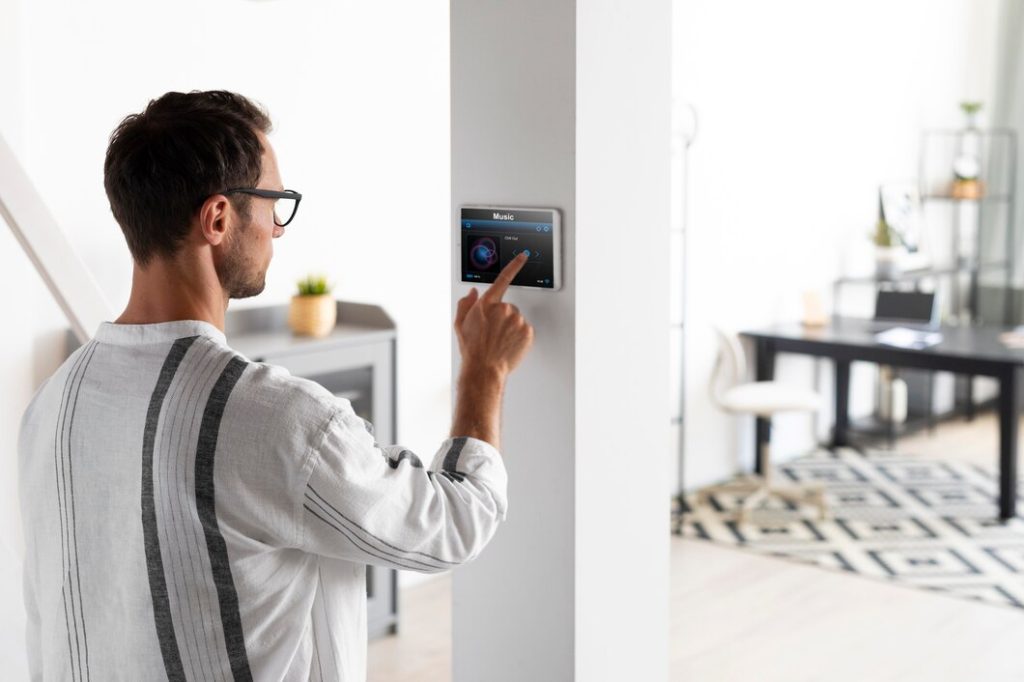At modern businesses, security goes far beyond locking doors or setting passwords rather it involves developing an overall strategy that spans both physical and digital realms.
One effective physical security measure used today is using RFID locks for cabinets, such technology enhances tangible asset safety while seamlessly integrating into larger security systems. In this article, we investigate why merging physical measures with digital strategies for comprehensive protection within modern enterprises.
The Need for Comprehensive Security in Businesses
Contemporary security extends far beyond traditional definitions; it no longer simply involves physical barriers or cybersecurity software – rather, security encompasses creating an integrated defense system that safeguards tangible and intangible assets alike.
Today’s enterprises face threats on multiple fronts from physical break-ins to sophisticated cyber-attacks – necessitating an approach that takes account of this evolving threat landscape by understanding both physical and virtual spaces when discussing security measures.
Security goes beyond protecting assets; it must also secure the company’s brand, reputation, and continuity. A breach – whether physical or digital – could cost businesses significant financial losses while undermining customer trust and weakening brand recognition.
As such, businesses need comprehensive strategies in place that mitigate risks across operational areas to safeguard all areas from evolving threats that pose risk.
Advances in Physical Security Technologies
Physical security technologies have progressed dramatically over time. From basic locks and keys to sophisticated electronic systems, innovation in this sector has advanced quickly – from smart locks with RFID tags for cabinets as an example to other more secure innovations.
like biometric locks or biometric doors that grant entry only when someone with authorized credentials scans their RFID tags – providing enhanced protection by restricting entry only to authorized individuals using them – while streamlining access and decreasing risk due to lost/stolen keys, an issue common in traditional lock systems.
RFID technology goes far beyond simple security; it also provides invaluable data. Every interaction with an RFID lock is recorded, providing insight into access patterns and possible breaches – invaluable data that may prove vital when investigating incidents or revising security protocols.
RFID locks’ adaptability means they provide versatile protection of critical assets ranging from confidential documents to high-value equipment.
Digital Security’s Role in Protecting Business Assets
Cyber security has become an ever-more essential pillar of modern businesses’ defense strategies, due to the proliferation of digital data and dependence on online systems.
Cyber threats continue to evolve quickly, necessitating proactive digital security measures like firewalls that guard against unapproved access, encryption to protect data security, and secure network protocols that guarantee safe communication channels.
But cybersecurity goes beyond using technology; it also involves cultivating a security-conscious culture. Patching software regularly, training employees comprehensively, and setting strict access controls are all vital parts of building an effective digital defense.
People often become the weak link when it comes to cybersecurity therefore, educating staff members about potential phishing scams or social engineering attacks is as essential as technological solutions used against these risks.
Integrating Physical and Digital Security Systems
Integrating both physical and digital security systems has become an integral component of the modern business landscape. When combined, physical access control (such as RFID locks for cabinets) with digital measures create a stronger security infrastructure with real-time monitoring capability that quickly reacts to security incidents ranging from physical breaches to cyber-attacks.
An integrated approach offers many advantages over its independent counterpart. For starters, it provides a holistic view of the security landscape, which facilitates improved risk analysis and management.
Automation of certain security processes reduces human error while increasing overall efficiency – for instance when security breaches detected digitally trigger physical security responses like locking down of certain areas automatically.
Future Trends and Predictions in Business Security
Business security in the future looks set to increasingly integrate physical and digital realms, using technologies such as artificial intelligence (AI) and machine learning (ML), to analyze security data from various sources to predict and prevent breaches. Furthermore, IoT promises greater interconnection among physical devices and digital networks creating both opportunities and challenges in terms of business security.
Conclusion
Integrating physical and digital security is paramount for modern enterprises. Implementing cutting-edge technologies like RFID locks for cabinets offers a strong basis of physical protection; but to fully secure operations against threats in today’s globalized world, businesses need both aspects working hand in hand for maximum protection.

